Sarah Walker
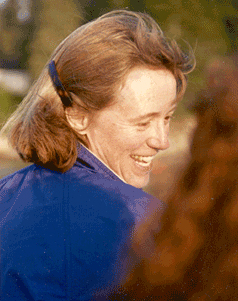
© 2000 Dick Walker.
Sarah Walker is a natural history writer who has lived along the Lewis and Clark trail in Idaho for the past 25 years. She writes a monthly nature column for the Moscow Community News (Moscow, ID) and articles for Bird Notes (Canyon Birders of Lewiston, ID), and served as editor for Sage Notes, newsletter of the Idaho Native Plant Society, from 1995-2000.
From 1986 to 2000 she worked on the Clearwater National Forest in Idaho as Lead Wilderness Ranger in the Selway-Bitterroot Wilderness, and before her retirement in 2002 she served as Forest Botanist.
As a wilderness ranger Sarah spent many years in the backcountry introducing visitors to the importance of light-on-the-land camping practices. In communities adjacent to the wilderness she taught local elementary students about low-impact camping skills, natural resource conservation, and American wilderness history.
Sarah received a BA in European History from Wheaton College in Massachusetts in 1969, and later studied Ecology and Life Sciences at the University of Montana. During her Forest Service career she received training in botany, silviculture, bryology, wetland ecology, and conservation education.
She joined the crew of writers for Discovering Lewis & Clark in the fall of 2003 as a contributor to “Today’s Bitterroot Mountains.”
Contributions
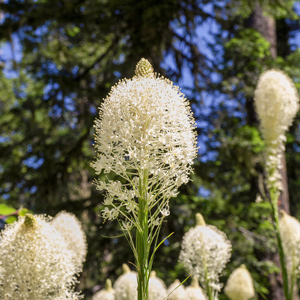

There is a great abundance of a species of bear-grass which grows on every part of these mountains,” wrote Lewis on 15 June 1806. “It’s growth is luxouriant and continues green all winter but the horses will not eat it.”
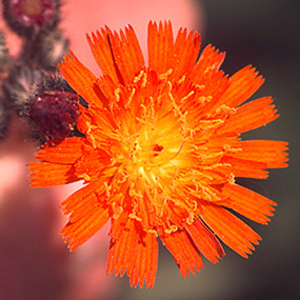

During the summer of 2003 a weed inventory team from the University of Idaho searched the Lolo Motorway for weeds. They saw spotted knapweed four times, orange hawkweed twice, yellow hawkweed twice, henbane once, and goatweed 28 times: 37 widely-scattered weed sightings in about 50 miles.
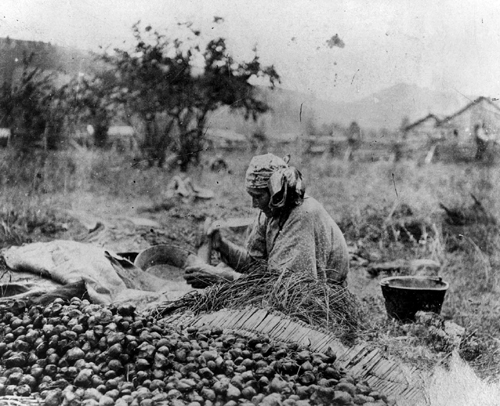

Ethnobotonists and anthropologists describe the cultivation and storage of important food plants as complex systems capable of sustaining dependable annual supplies for large populations. The Nez Perce system for camas is a good example.
Fire-loving Forests
by Sarah Walker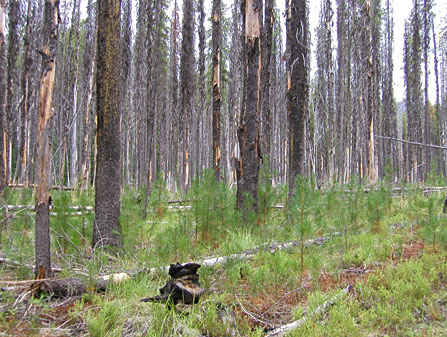

Fire has been part of the Bitterroot Mountain landscape for a long time. No wonder Clark saw “emence quantity of falling timber which had falling from dift. causes i e. fire & wind.”
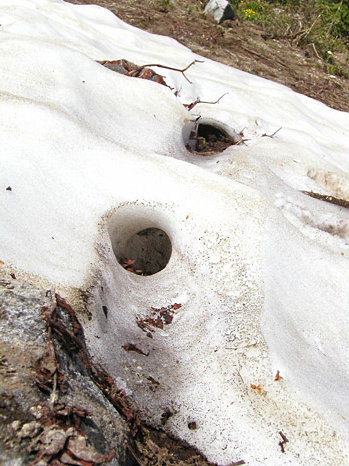

The same snow that deterred the Corps on both their crossings of K’useyneiskit provides the winter environment for those smaller animals who remain. Underneath the deep snowpack lies the subnivean (undersnow) world.


In 1924 a sheep “driveway” was cut through the forest from Musselshell to Superior, a distance of roughly 80 miles. The road-sized swath with its network of side trails was used for 20 years as a travel corridor for sheep. One spur accessed the site Lewis and Clark called “Greensward Camp.”
The Lochsa Elk Herd
by Sarah Walker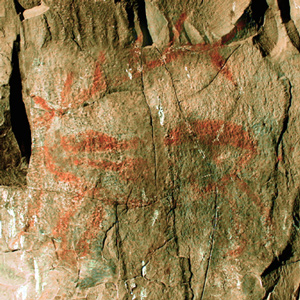

For today’s traveler to Idaho’s Bitterroot Mountains, seeing an elk is still a gamble. But hunters don’t give up; every fall, they pester locals with the same question, “Where’s the elk?”
Experience the Lewis and Clark Trail
The Lewis and Clark Trail Experience—our sister site at lewisandclark.travel—connects the world to people and places on the Lewis and Clark Trail.
Discover More
- The Lewis and Clark Expedition: Day by Day by Gary E. Moulton (University of Nebraska Press, 2018). The story in prose, 14 May 1804–23 September 1806.
- The Lewis and Clark Journals: An American Epic of Discovery (abridged) by Gary E. Moulton (University of Nebraska Press, 2003). Selected journal excerpts, 14 May 1804–23 September 1806.
- The Lewis and Clark Journals. by Gary E. Moulton (University of Nebraska Press, 1983–2001). The complete story in 13 volumes.

